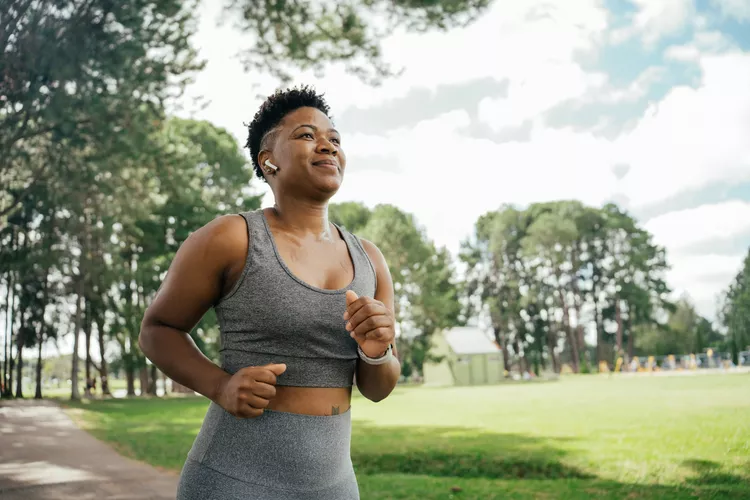Introduction
Movement isn’t just good for the body—it can be a powerful tool for emotional wellness. Regular physical activity helps reduce stress, boosts mood, and supports better sleep and overall well-being. If motivation feels hard to summon, start small, choose enjoyable activities, and build a habit that fits your life. This guide explains how exercise affects the brain, the mental health benefits, and practical steps to create a sustainable routine.
How Exercise and Emotional Wellness Affect Brain Chemistry
When you move, your body undergoes changes that positively influence brain chemistry:
- Endorphins: Exercise releases these feel-good neurotransmitters that reduce stress and improve mood.
- Stress hormones: Regular activity can lower cortisol levels, helping you feel calmer.
- Appetite and sleep regulators: Movement helps balance leptin and ghrelin, supporting energy balance and sleep quality.
- Mood-related chemicals: Exercise can boost serotonin and dopamine, enhancing overall mood and well-being.
Mental Health Benefits of Exercise
Regular physical activity supports mental health in several ways:
- Depression and anxiety: Consistent exercise is associated with fewer depressive and anxious symptoms and lowers risk of developing these conditions.
- Sleep quality: Better sleep from regular activity improves mood, cognitive function, and stress tolerance.
- Substance use disorders: Exercise can aid in managing cravings and improving physical health in recovery.
- Self-esteem and resilience: Physical activity boosts confidence, mood, and the ability to cope with stress.
- Brain health and life satisfaction: Exercise is linked to improved cognitive function, energy, and a more positive outlook.
Types of Exercise Beneficial for Mental Health
- Aerobic exercise: Walking, running, cycling, swimming—reduces depression and anxiety and enhances mood.
- Resistance training: Strength work can improve depressive symptoms and physical confidence.
- Yoga and mind-body practices: Helpful for anxiety, stress reduction, and relaxation.
- Group activities: Team sports or group classes can improve mood, social connections, and motivation.
How to Create an Exercise Routine You’ll Keep
Goal: consistency, not intensity. Aim for a sustainable habit you can stick with long-term.
- Start small: Begin with 10–15 minutes of movement most days; gradually increase.
- Frequency over duration: Consistency matters more than long workouts at first.
- Break it up: Short bouts (10 minutes) throughout the day count toward your goals.
- Pick enjoyable activities: Choose movements you look forward to, whether walking, dancing, swimming, or a class.
- Build in structure: Schedule workouts like important meetings; pair activity with another routine (e.g., after coffee, before dinner).
- Progress gradually: Add time, intensity, or variety slowly to avoid burnout or injury.
Overcoming Barriers to Exercise
Common obstacles include motivation dips, time constraints, and mood-related fatigue. Try these strategies:
- Involve others: Exercise with friends or family for accountability and motivation.
- Make it social: Turn workouts into enjoyable social activities (walks, bike rides, group classes).
- Use micro-goals: Set small targets (e.g., 3 days a week) and celebrate milestones.
- Schedule energy-aware workouts: Do the most demanding activity during your peak energy times.
- Simplify decisions: Keep a “ready-to-go” plan with simple options (a 10-minute walk, a quick home workout).
Practical Tips and Quick Wins
- Check in with yourself daily: Note one mood you’re experiencing and how movement might help.
- Mix it up: Combine cardio, strength, and flexibility to keep things engaging.
- Make it accessible: Use stairs, park farther away, or do short routines at home when time is tight.
- Track progress: Use a simple habit tracker or app to notice patterns and stay motivated.
- Prioritize recovery: Include rest days and gentle movement to prevent burnout.
When to Seek Help
If mood symptoms persist or worsen, or you’re facing thoughts of self-harm, talk to a healthcare provider or mental health professional. Exercise is a helpful tool, but it’s not a substitute for professional care when needed.
A Quick Review
- Movement has meaningful benefits for emotional wellness, including mood, sleep, resilience, and overall quality of life.
- The most effective approach is a consistent, enjoyable activity—even in small amounts.
- A balanced routine that includes aerobic, strength, and flexibility work tends to yield the best mental health outcomes.
- If you’re struggling to start, seek support from friends, caregivers, or professionals to create a plan that works for you.
FAQs
- Do I need to exercise every day to gain mental health benefits?
- No. Regularity matters more than daily workouts. Even short, consistent activity several days a week can improve mood and resilience.
- What if I dislike traditional exercise?
- The goal is movement you enjoy. Try dancing, gardening, brisk walks, cycling, or gentle classes like yoga. The key is consistency, not intensity.
- Can exercise replace therapy or medication?
- Exercise complements professional treatment, but it’s not a replacement for medical care when it’s needed. Consult a clinician for personalized advice.
- How quickly might I notice mood improvements?
- Some people feel benefits within a few days, others over several weeks. Consistency increases the likelihood of long-term mood improvements.
- Are there risks I should watch for?
- Start gradually to avoid injury. If you have a medical condition, consult your healthcare provider before starting a new exercise program.
Conclusion
Movement is a powerful, accessible tool for emotional wellness. By starting small, choosing enjoyable activities, and building a sustainable routine, you can elevate mood, improve sleep, and boost resilience. If you’d like, I can tailor this for a specific audience (workplace wellness, student mental health, or a healthcare consumer guide), or create shorter social posts and an infographic outline to accompany the article.
